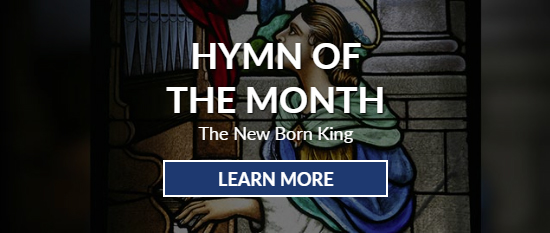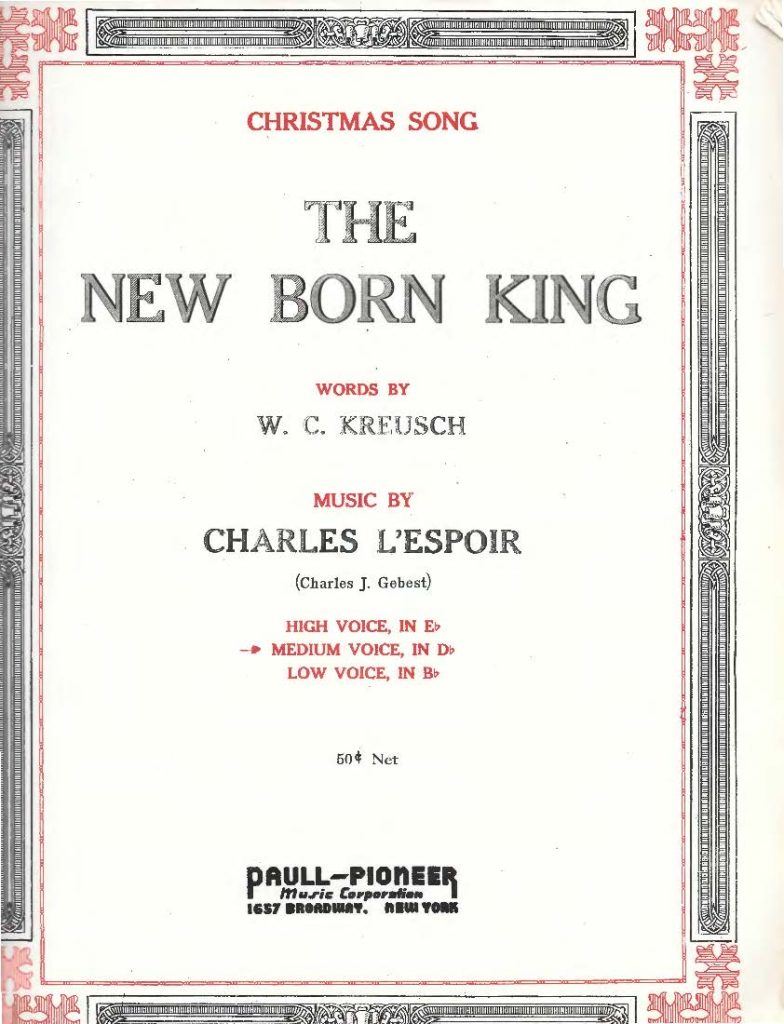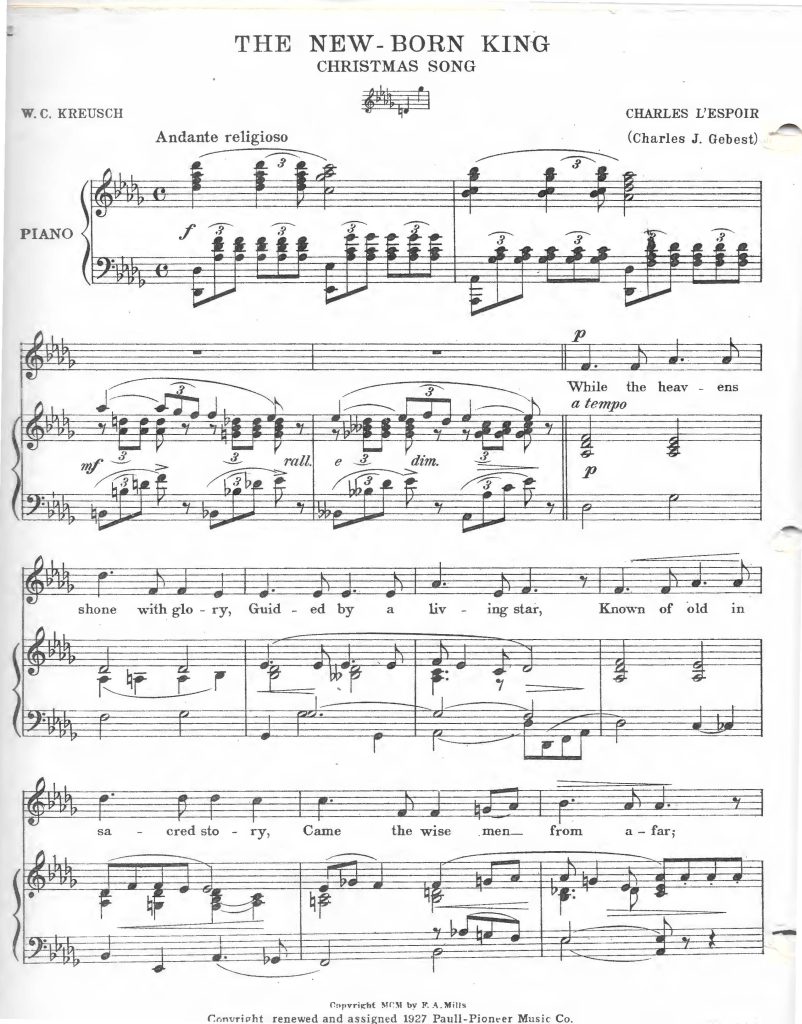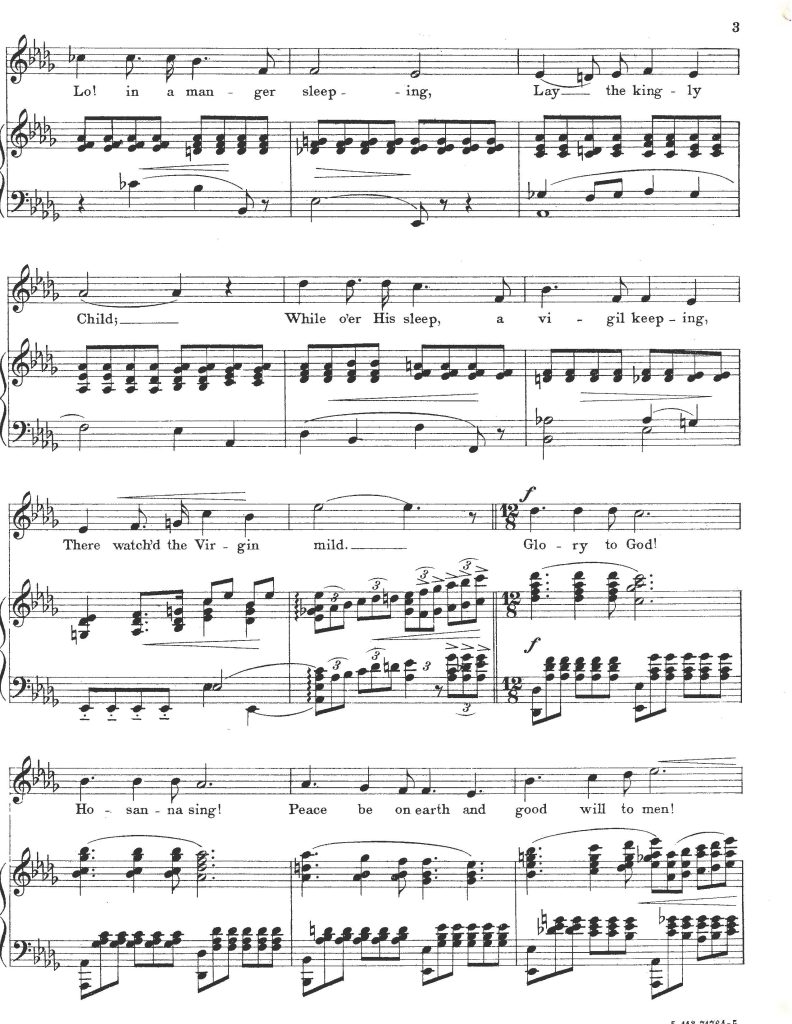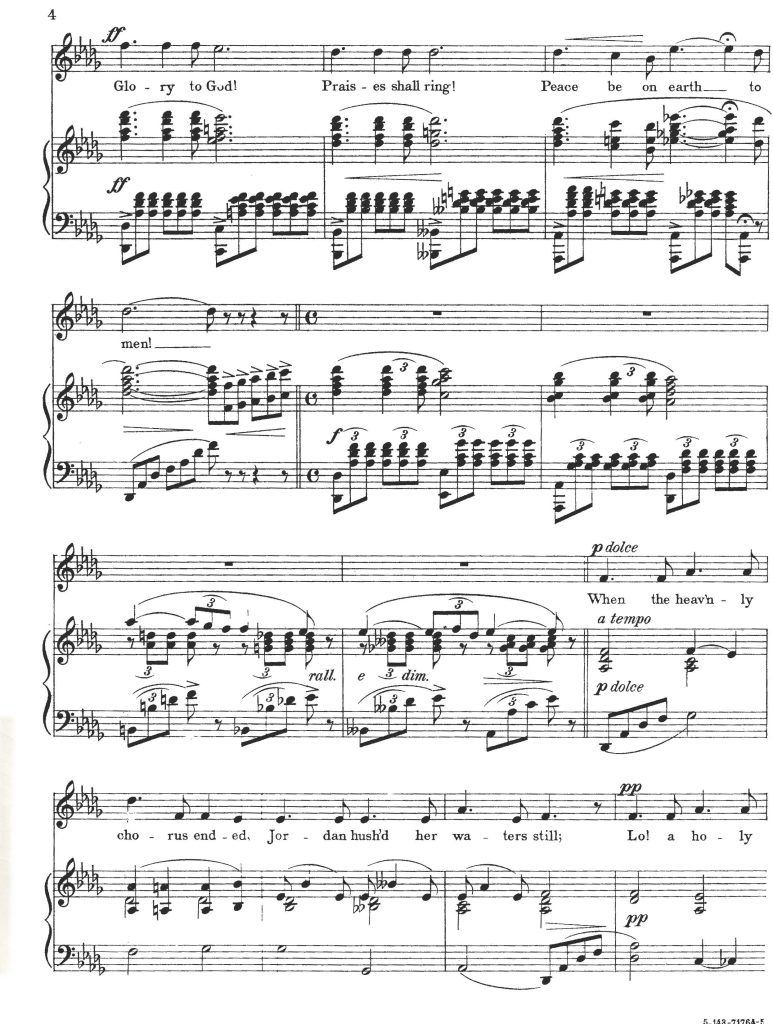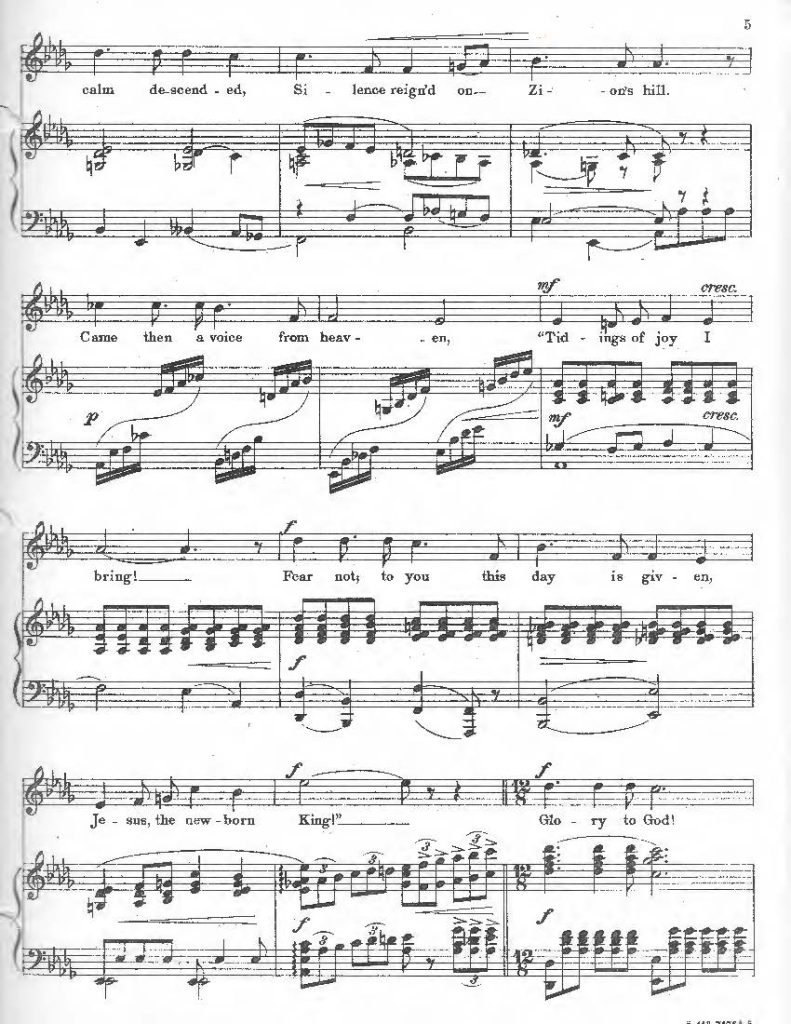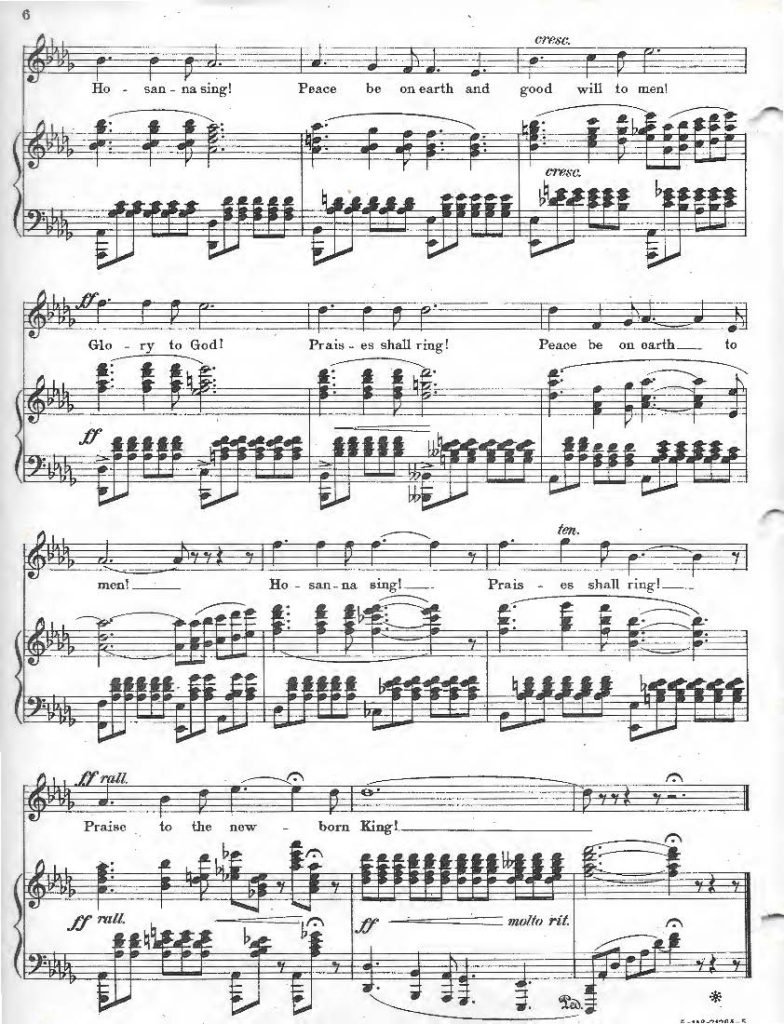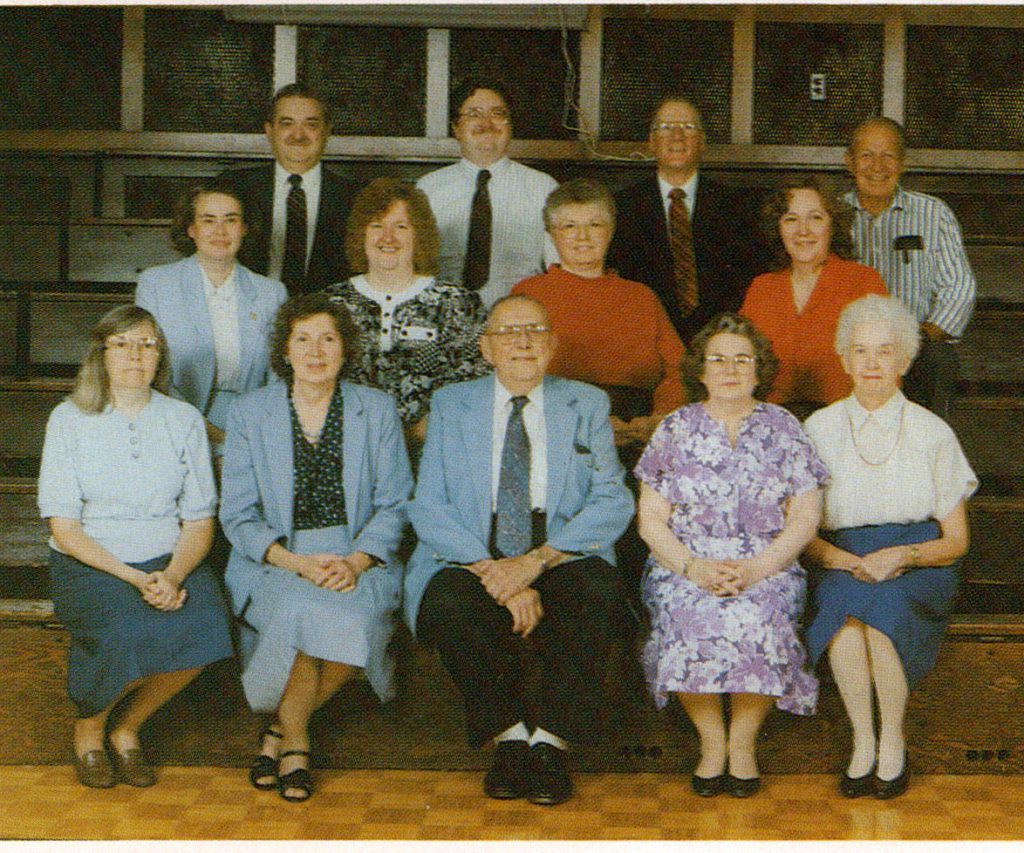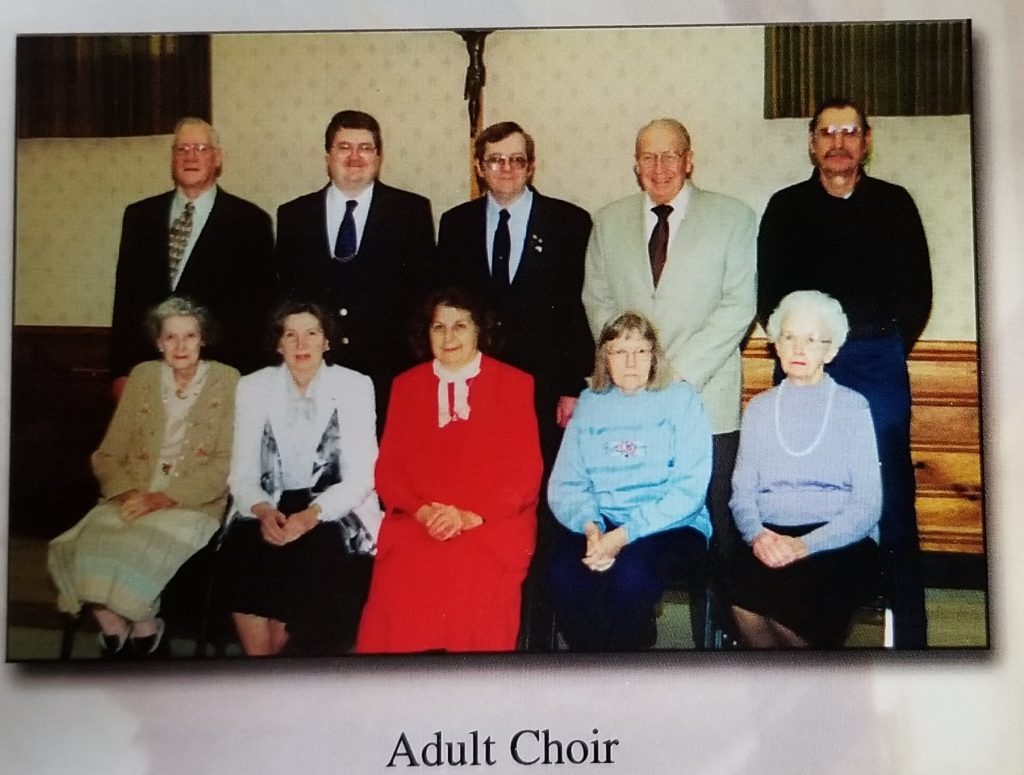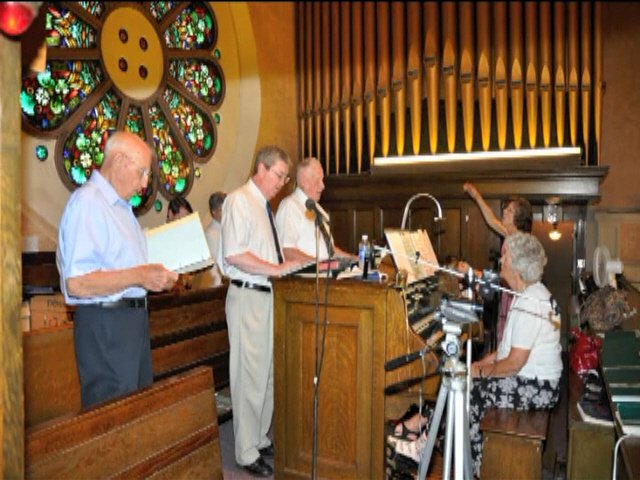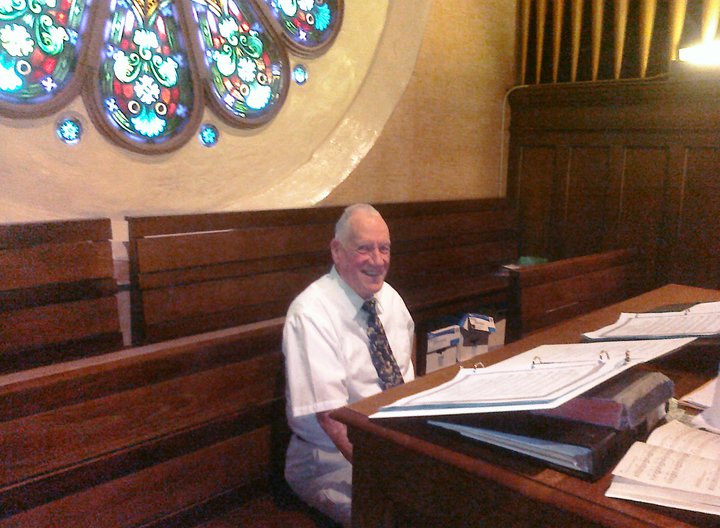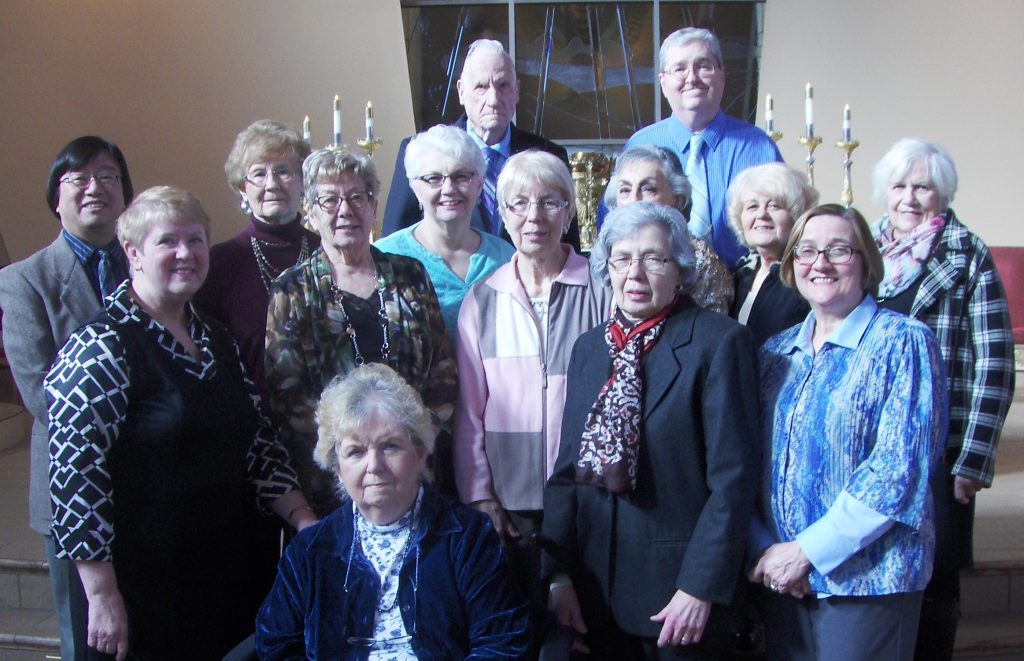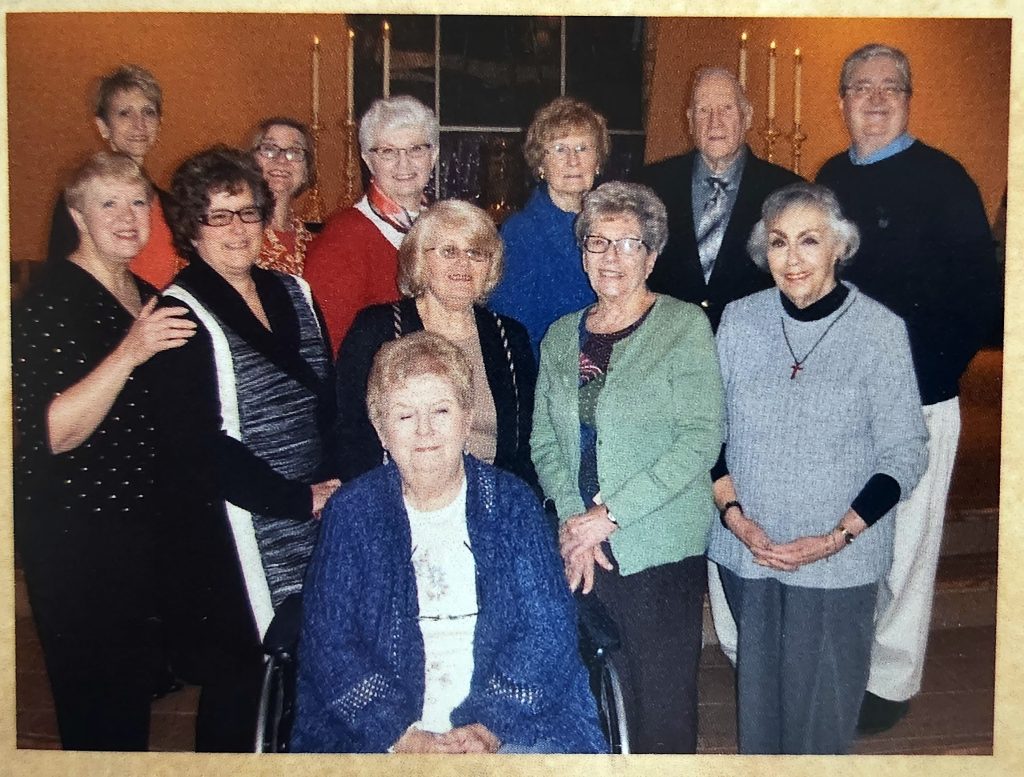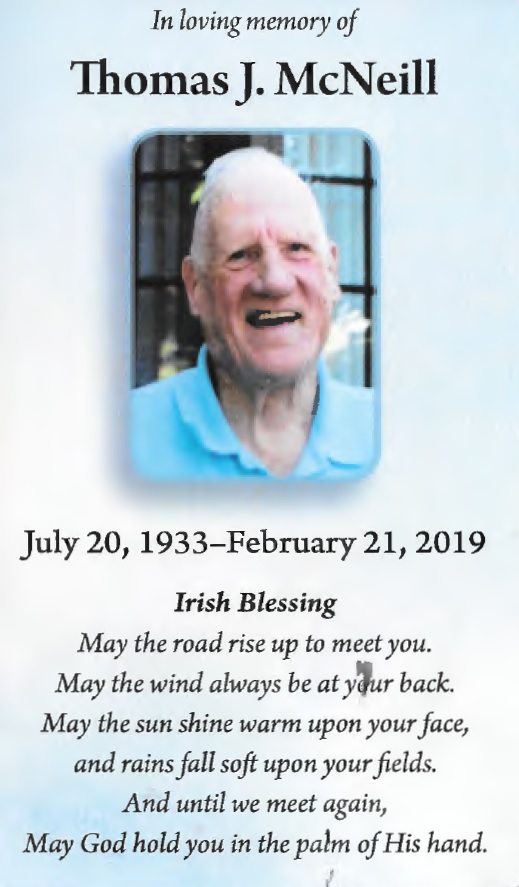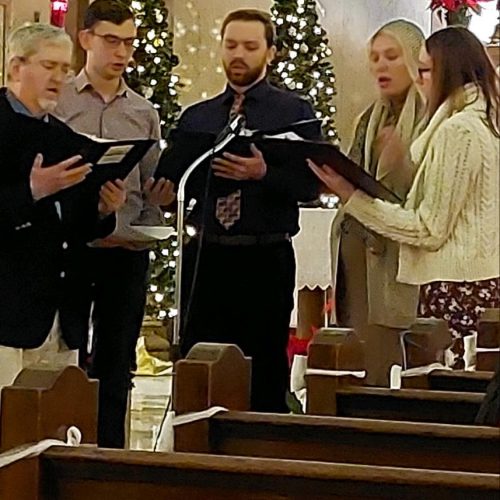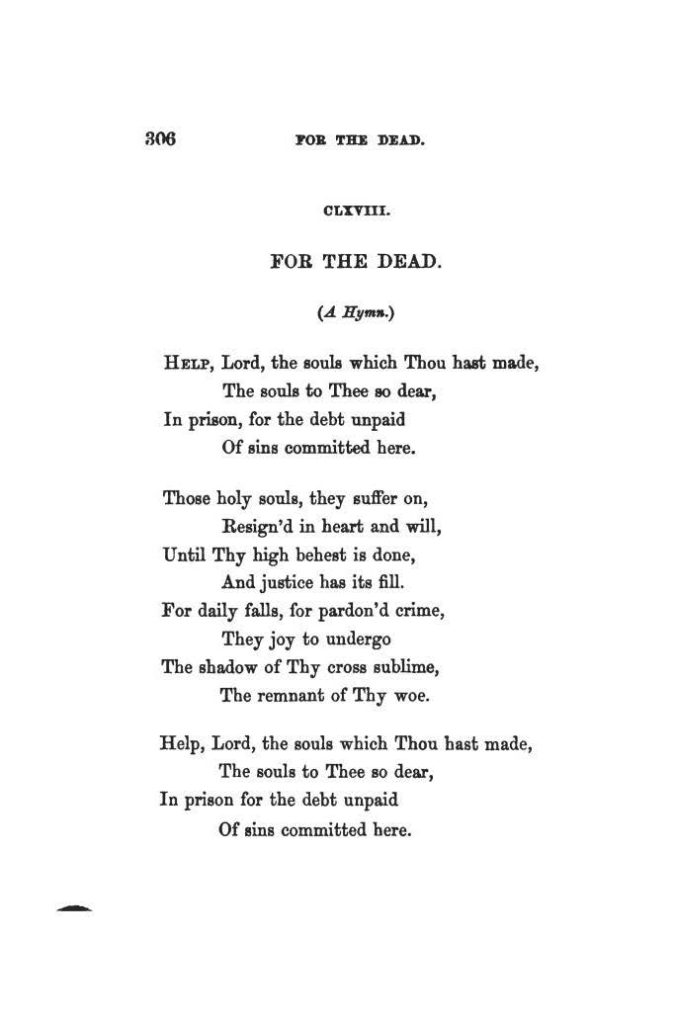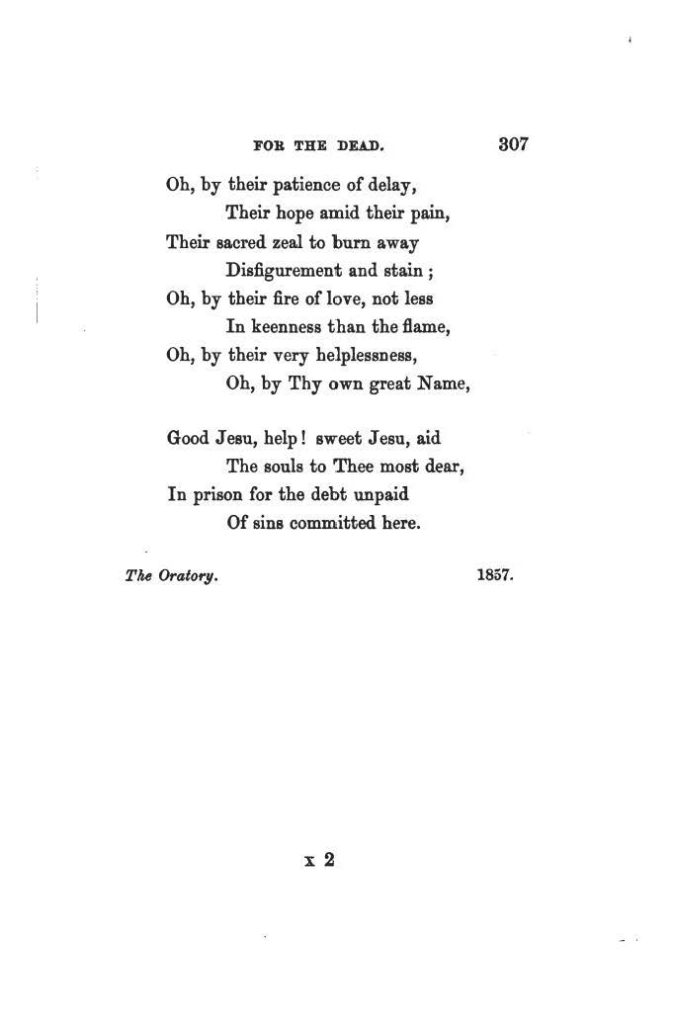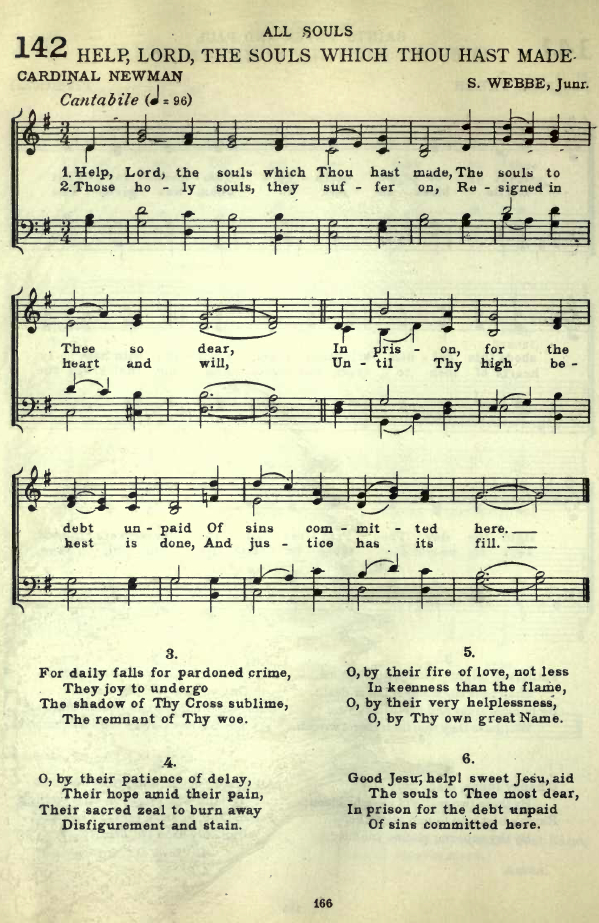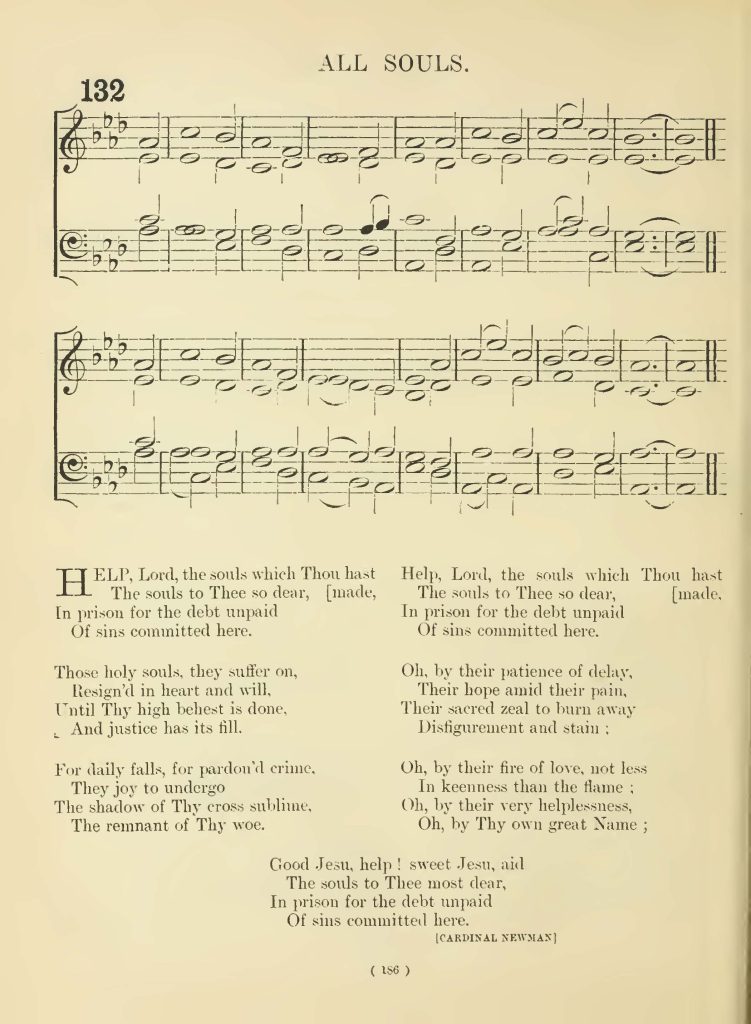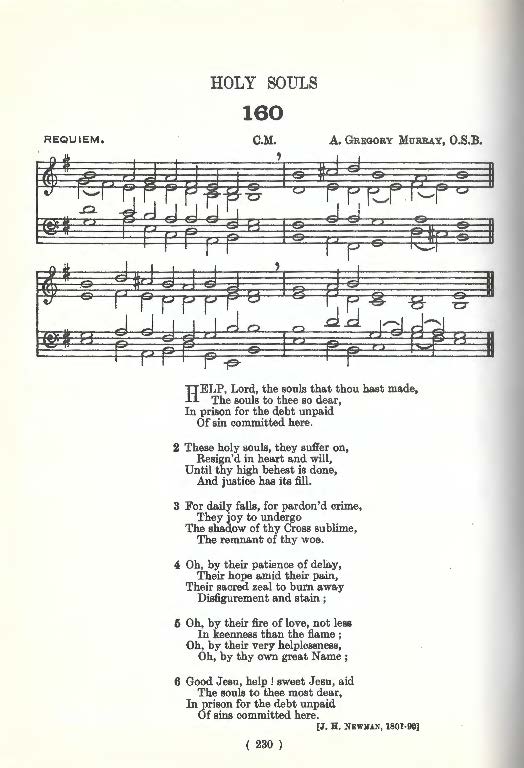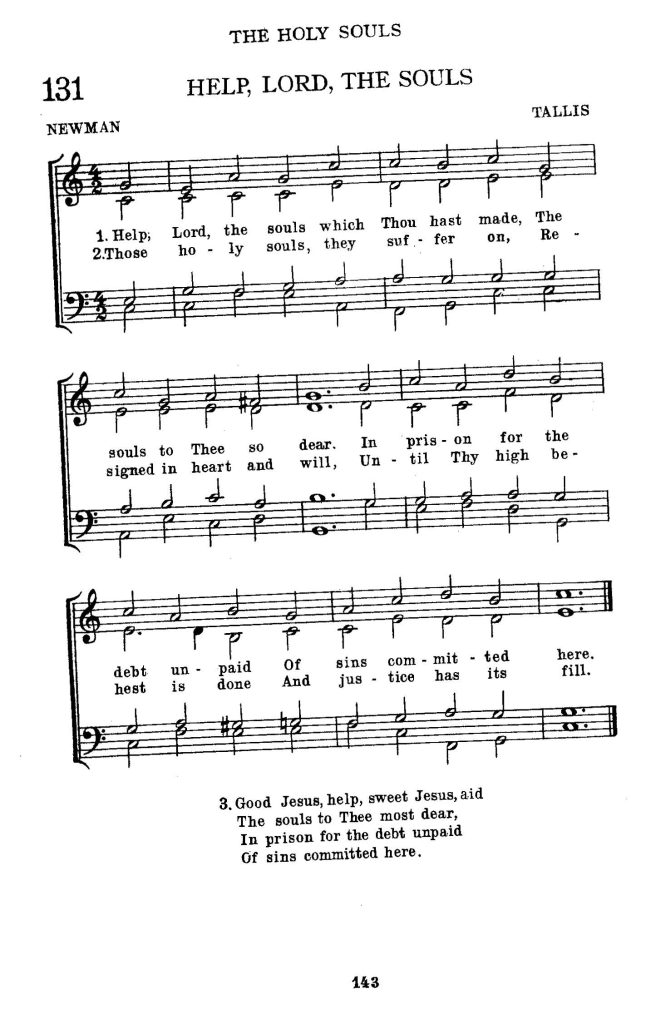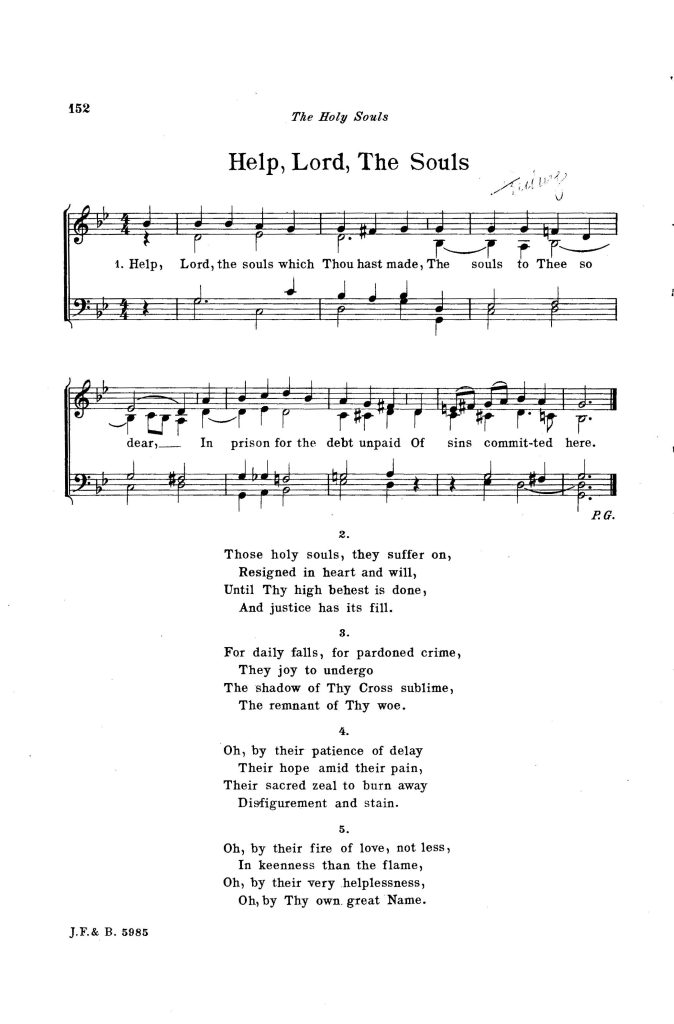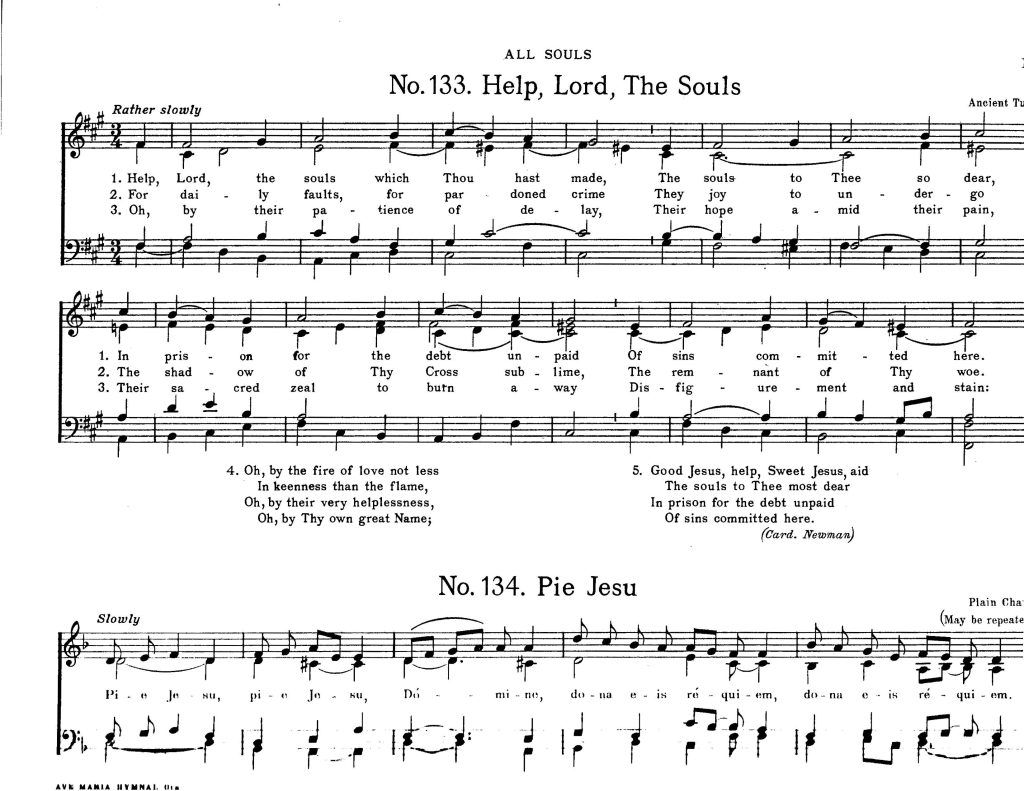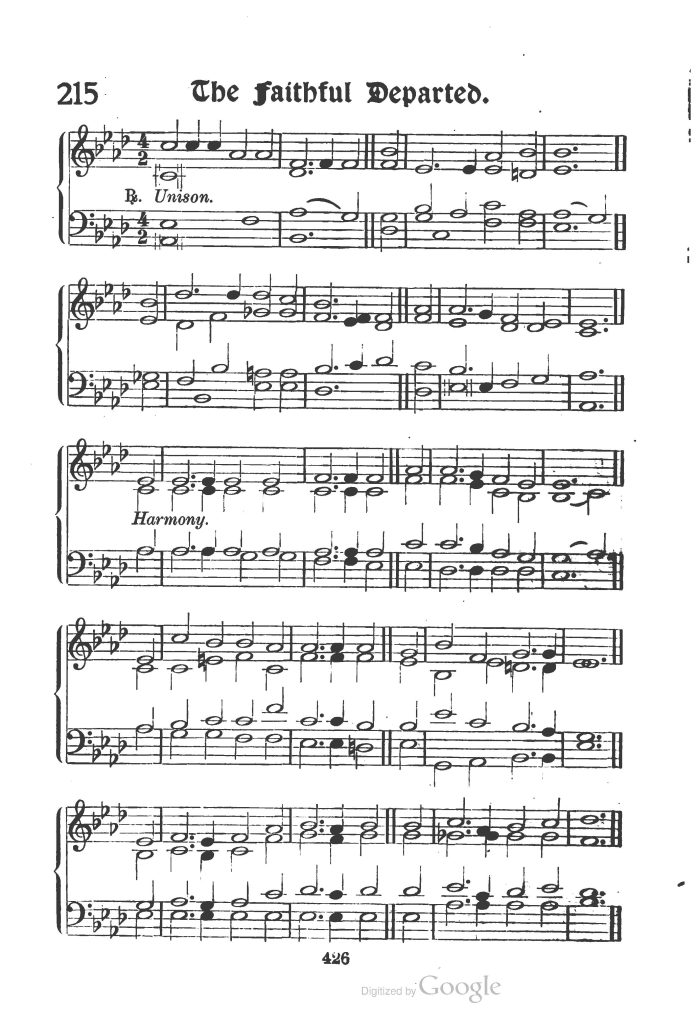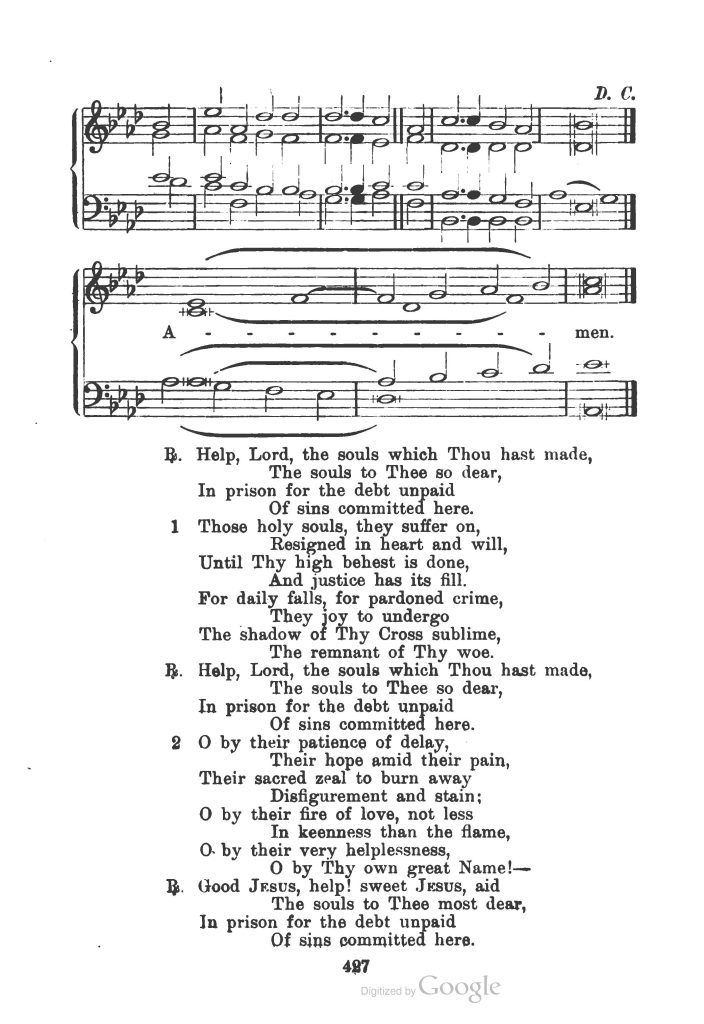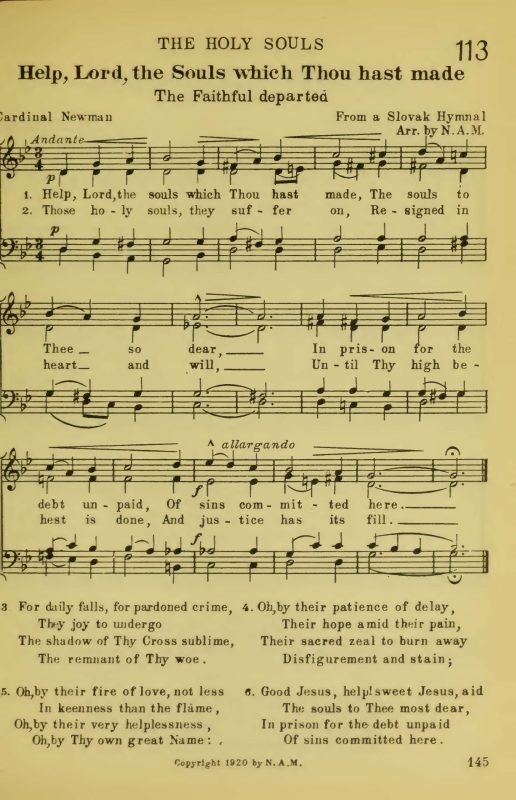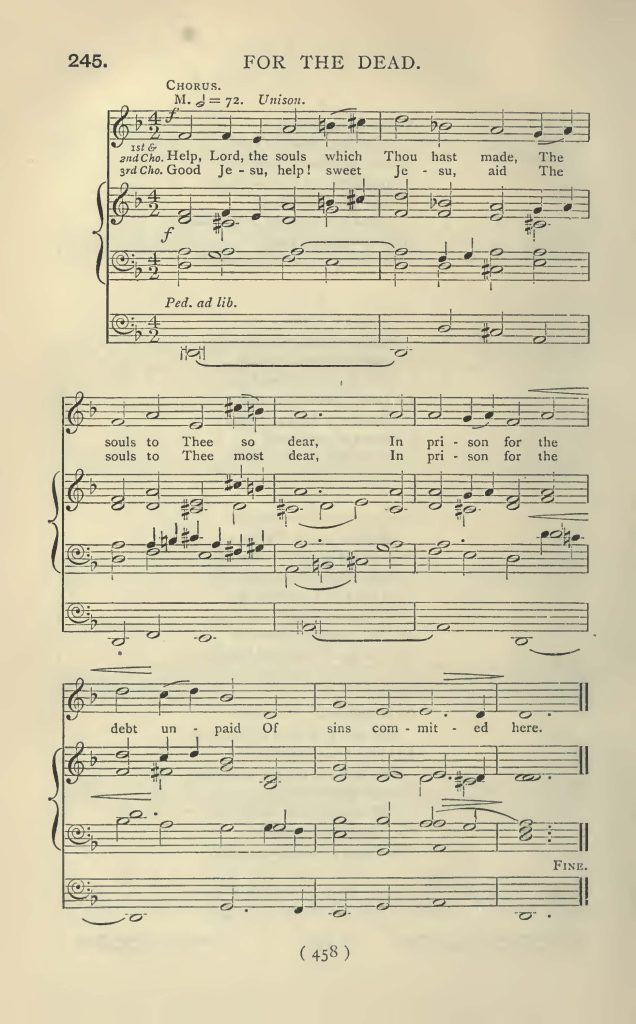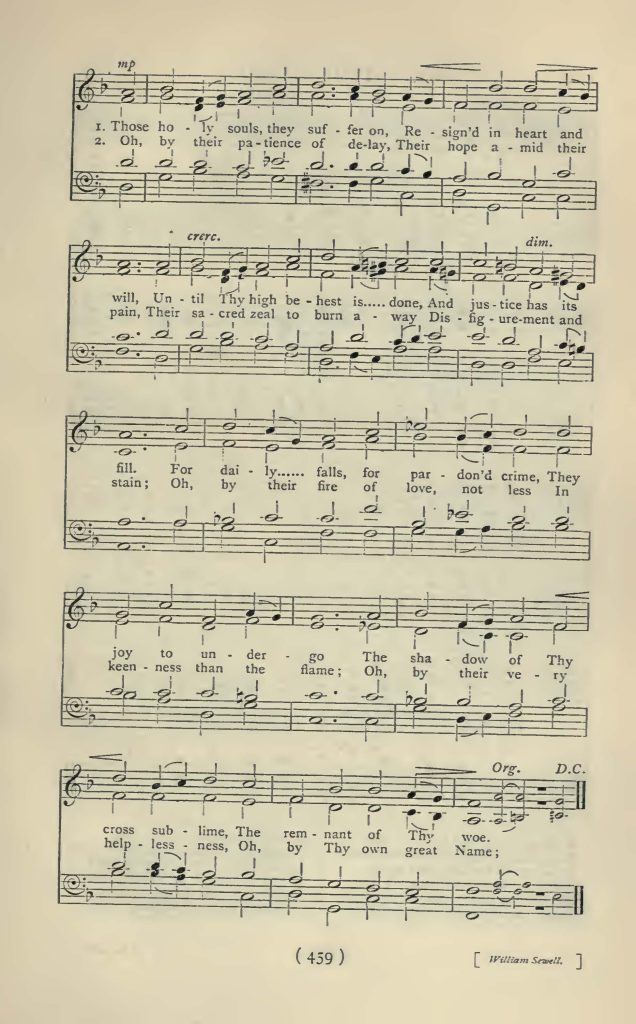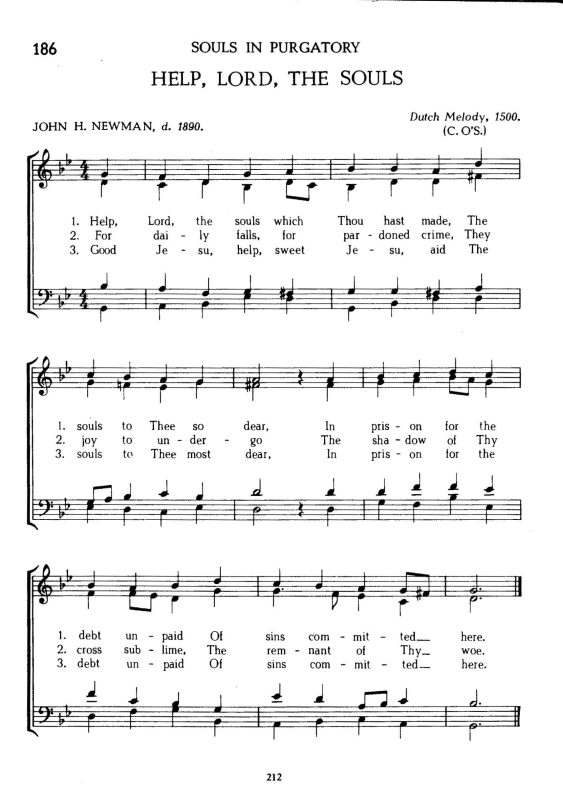This Christmas song was sung by Tom McNeill (1933-2019) a long-time choir member at St. Mary’s in Akron, Ohio during various years as part of the Christmas Eve and Christmas Day music program which had become traditional to St. Mary’s. This write-up is dedicated to Tom McNeill with whom I sang with for many years, but first, a little history on the author and composer of this beautiful Christmas song.
The words of this Christmas song were written by W. C. Kreusch (ca.1900). From bits and pieces that I found, he was a poet and a musician who sang bass. He had several poems and compositions to his credit including The King of the Deep Am I, published in 1901. Also, The Prophet King, published in 1904, and The World Moves On as Before. I found The World Move On as Before in an advertisement for the New York Clipper published in January 1900 for music publisher F. A. Mills (Frederick Allen Kerry Mills). Another song included Hail, Holy Light, with music by Kerry Mills. On an aside, Kerry Mills is probably best known for the musical composition of Meet Me In St. Louis, which was the featured song and the title of the 1944 MGM musical starring Judy Garland and Margaret O’Brien.
The composer was Charles L’Espoir (Charles J. Gebest) (1873-1937). He was a successful composer, arranger, and conductor who served as the music director for George M. Cohan, a famous musician with many Broadway musicals and movie songs to his credit including one of his biggest hits, Give My Regards to Broadway. On an aside, Charles J. Gebest was the nephew of Charles Louis Gebest who was a circus composer and band leader of the John Robinson Circus (1880-1896).
The New Born King Christmas song was originally published in 1900 by Frederick Allen Mills Music Co., It was very popular and saw subsequent copyright renewals. Frederick Allen Mills held the original copyright of 1900, the copyright was then assigned to The Oliver Ditson Co., in 1906; later the copyright was then assigned and renewed to Paull-Pioneer Music Corp., in 1927. In 1932, Paull-Pioneer Music Corporation was assigned the copyright, however it does not appear that they renewed the copyright. This Christmas song was given a new arrangement by Hartley Moore in 2022 and is copyrighted under that arrangement. However, the original arrangement by Charles L’Espoir, passed into the public domain in 2020. The Christmas song appeared in sheet music form only, with High, Medium, and Low keys.
The earliest recordings were by Harry Macdonough and Mr. Marshall in the early 1900s, on a 7-inch record by Columbia Records. This is probably one of the first recordings made on a vinyl (disk) record and not a phonograph cylinder.
What can say about Tom McNeill? He was my friend; he was a good family man with a beautiful Irish tenor voice. He raised six children with his lovely wife Dorothy who is still living and just celebrated her ninetieth birthday. Tom was quite the character and always had jokes to tell which were neither harmful nor offensive. Tom told me that he started singing with St. Mary’s Choir in 1948 when he was in high school.
I first met Tom when I joined St. Mary’s Choir in 1977, I was also in high school at the time and Tom was working the night shift at the Lawson’s Milk Company. He worked for Lawson’s for many years in the cooler, stacking milk cartons. I don’t remember exactly when, but Tom left Lawson’s to work as a security guard for Jackson High School in Jackson Township until he retired. Tom also served in the United States Army, and he was an avid golfer, and a devoted fan of the Cleveland Browns and Ohio State Football teams.
I had a chance to speak with Theresa, Tom’s oldest daughter who shared this short sentiment with me: My Dad sang many weddings, funerals, and entertained his entire family with his beautiful voice. He never lost the talent. His mother recognized his singing voice around the time of his Confirmation. He also sang with the choir over at Annunciation Parish during the years when we were growing up.
In the choir photo from 1995, Tom is in the top row, second from the right, I am third from the right. In the choir photo from 2000, he is also in the top row far left and I am standing next to him.
Tom and I continued to sing together in St. Mary’s Choir until St. Mary’s closed in June of 2010. The above photo is one of the last photos of Tom and I singing together at St. Mary’s. These photos were taken from a DVD of the last Mass. This DVD was produced by Tom’s niece Karen McNeill. It contains many photographs from St. Mary’s Church and the last Mass. The DVD is dedicated to those parishioners and clergy who have made St. Mary’s Parish in Akron, Ohio, a place of genuine devotion since 1887. The DVD is still available and can be obtained by contacting Karen McNeill at godzgirl333@aol.com
In the photos, Tom and I are standing behind the organ. The other gentleman standing next to me is Tel Wartko (1928-2010). This photo was taken at the last Mass which was on June 27, 2010. St. Mary’s was among fifty parishes closed or merged by the Catholic Diocese of Cleveland Bishop Richard G. Lennon between August 2009 and June 2010 as part of a diocesan wide reconfiguration to address a shortage of priests, declining attendance, and dwindling resources in the eight-county diocese. The closure of St. Mary’s was very difficult for many parishioners.
After the closure, I became a parishioner of St. Paul’s Catholic Church in Akron, Ohio and I was singing in their choir by Christmas of 2010. Tom, returned to Annunciation Parish which by now was Visitation of Mary, a merger with St. John the Baptist Parish that took place in November, 2009, and sang with the funeral choir. In response to petitions from parishioners, the Vatican in March of 2012, ordered eleven of those parishes (including St. Mary’s and St. John the Baptist) to be reopened. St. John the Baptist reopened in July, and St. Mary’s reopened on August 15, 2012, the Feast of the Assumption and merged with St. Bernard’s in downtown Akron. Tom and I as former St. Mary Choir members came to sing for the reopening Mass, and we sang for a few weeks afterwards until word came that the choir was to be made up of St. Mary parishioners.
Well, Tom and I were not parishioners, I was a cantor and choir member over at St. Paul’s and Tom was over at Visitation of Mary, so we were politely asked to leave. It was then that I invited Tom to come and sing with me over at St. Paul’s and by Christmas of 2012, we were again singing together. Tom continued to sing with St. Paul’s Choir until the summer of 2017 when he had to leave the choir and care for his wife Dorothy, who was then having some health issues.2
Not long after, Tom sent me an email with this wonderful message of gratitude which I share below.
Thank you, Don, for all the wonderful years we have been singing together. It’s been about 50 years, off & on. You taught me a lot about music & I appreciate all of it. May you continue on, singing God’s praises. You’ve been a great friend & mentor. God bless you, Tom
Tom died a few years later in February 2019. He sang in the choir for more than sixty years. May perpetual light shine upon him!
Reflection
Much of what I have written regarding my friend Tom is based on my memories. Many of the St. Mary Choir members pictured above are gone now and I am the last of that wonderful and special group of singers. Tom and I sang together at St. Mary’s for many years, and we had a lot of fun in the choir loft over those years singing duets together, practicing for the Christmas season in the cold chill of the church, and some pretty hot summer days, typical of summers in Ohio. We shared choir picnics and Christmas parties together at the home of Bea & Ralph Jordan. Ralph was the organist and choir director at St. Mary’s for sixty-seven years. Suffice is to say, Tom and I spent many Sundays’, Christmas’ and Easters’ doing what we do best, singing God’s praises.
This lovely Christmas song was sung by Tom during Communion, this would give most of the choir members time to go down from the choir loft to receive Communion and make our way back. The verses remind me of the Christmas story and takes me to that special night when the heavens shown with Glory, certainly a reference to Luke’s gospel 2:9. What beautiful verses to hear and reflect on as we receive into our hearts, the Christ Child, the living God in the Blessed Sacrament. In the next few phrases, I am reminded of the account in Matthew’s gospel 2:1, Came then the wise men from afar who followed a living star.
The author switches back and forth between the gospels of Matthew and Luke, to tell us again of the kingly child, in a manger sleeping and His mother the Virgin mild. I hear again the song of the angels, Glory to God! Peace be on earth and good will to men. Then the verses tell me of the shepherds watching their flocks by night, and the message of the angel, Fear not; to you this day is given, Jesus, the new born King! The real meaning of Christmas is retold in this lovely Christmas song with beautiful poetic imagery.
I returned to St. Mary’s in the fall of 2022 and joined a wonderful group of young singers pictured below. The young people have moved on now to raise their family and chase their dreams. I continue to sing and share the cantor role with the organist.
Take a moment to reflect on these verses and sing along with Tom, and with the angels to Praise to the new born King! Below is a recording from an old cassette tape of St. Mary’s Christmas 1985 and my friend Tom McNeill singing The New Born King.

